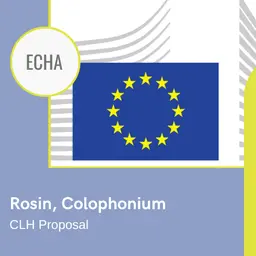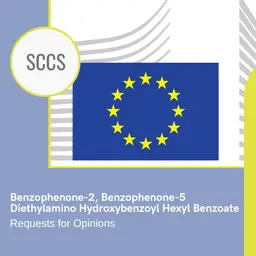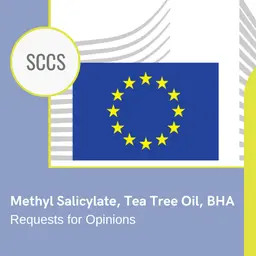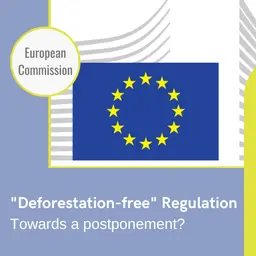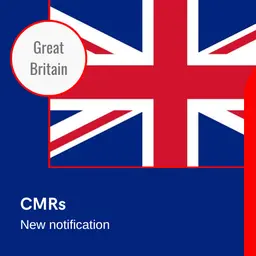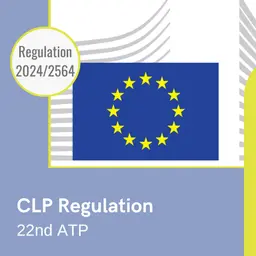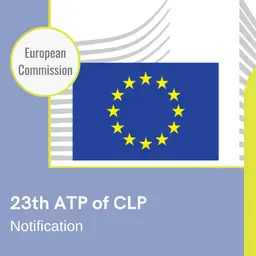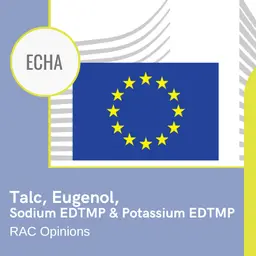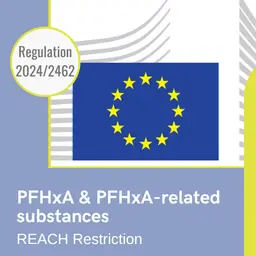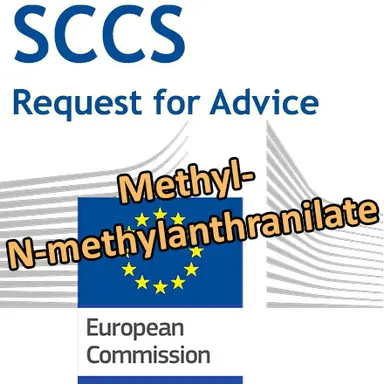
The 2011 SCCS Opinion on Methyl-N-methylanthranilate, a fragrance component with photosensitizing potential, has just been the subject of a request for clarification from the European Commission services. The issue at stake is the extent of the restrictions that should apply to this substance. The Scientific Committee accepted this mandate by written procedure on 16 September 2020.
Background
Methyl-N-methylanthranilate (CAS No.85-91-6, EC No.201-642-6) is a fragrance ingredient used in various cosmetics, including fine fragrances, shampoos, soaps and other toiletries as well as in non-cosmetic products such as household cleaners and detergents.
Methyl-N-methylanthranilate is a restricted substance according the IFRA (International Fragrance Association) standards (concentration restriction of 0.10% in certain product categories). It has also been subject to evaluation by the SCCNFP in the Opinion SCCNFP/0392/00 entitled “An Initial List of Perfumery Materials which must not form part of Cosmetic Products except subject to the restrictions and conditions laid down”. SCCNFP recommended that the substances mentioned in this Opinion may be used as ingredient in cosmetic products only under the conditions and restrictions specified in the table attached in its Opinion. In that table, Methyl-N-methylanthranilate was mentioned under entry No.21 with the restriction: “For applications on areas of the skin exposed to sunlight, excluding bath preparations, soaps and other wash-off products, limit to 10% in the finished cosmetic product.”
After the first submission, an updated IFRA recommendation led to submission II for this substance.
It led to an SCCP Opinion (SCCP/1068/06) on photo-toxicity being adopted in 2006 with the following conclusion: “Methyl-N-methylanthranilate is phototoxic as demonstrated by both …



